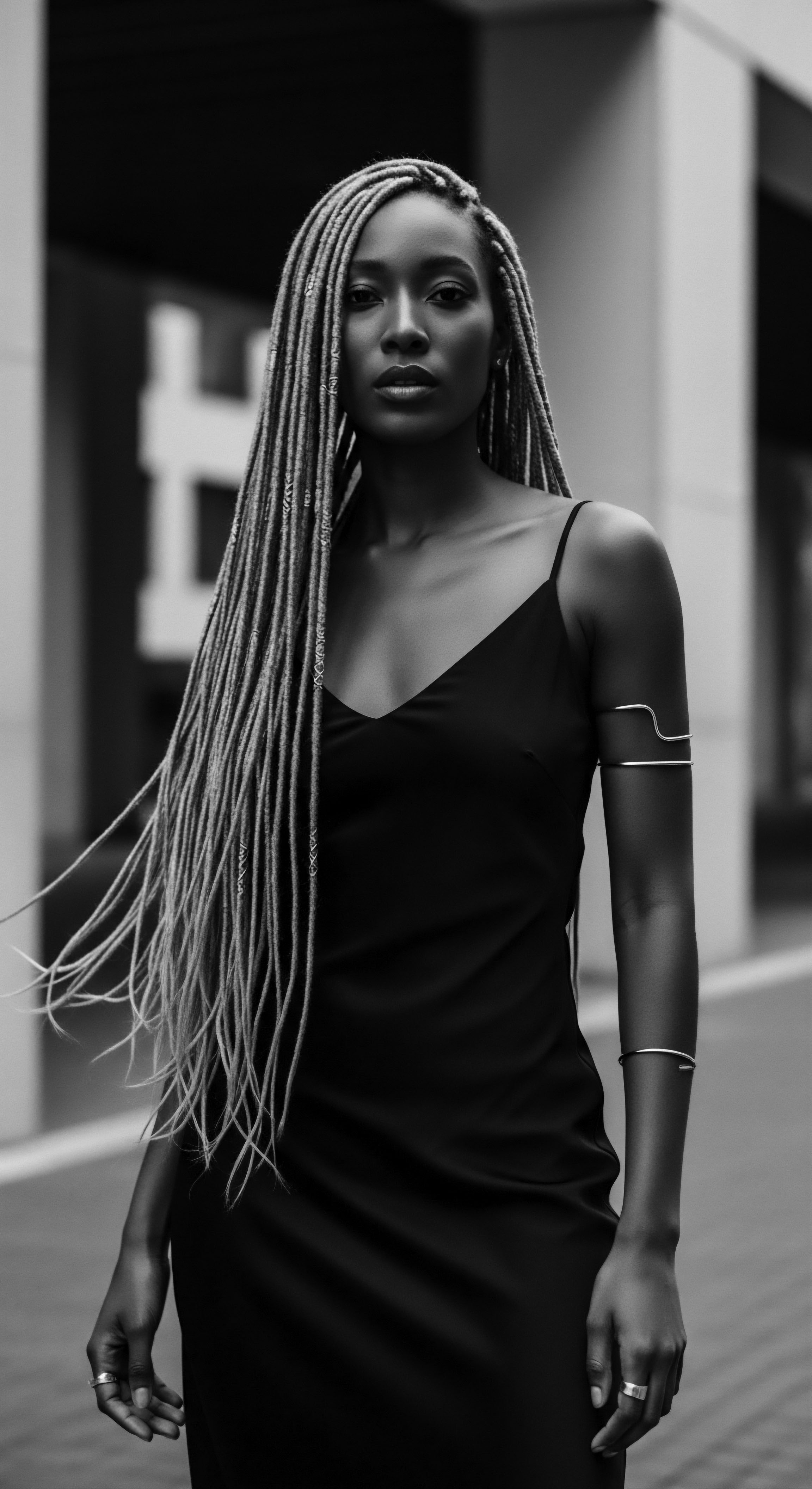
What is the historical significance of natural comb materials for textured hair?
Natural comb materials hold deep historical roots in textured hair care, embodying ancestral knowledge and cultural identity across millennia.

Textured Hair Combs
Meaning ❉ A textured hair comb is a specialized tool and cultural artifact, embodying millennia of heritage in caring for coiled and curly hair.
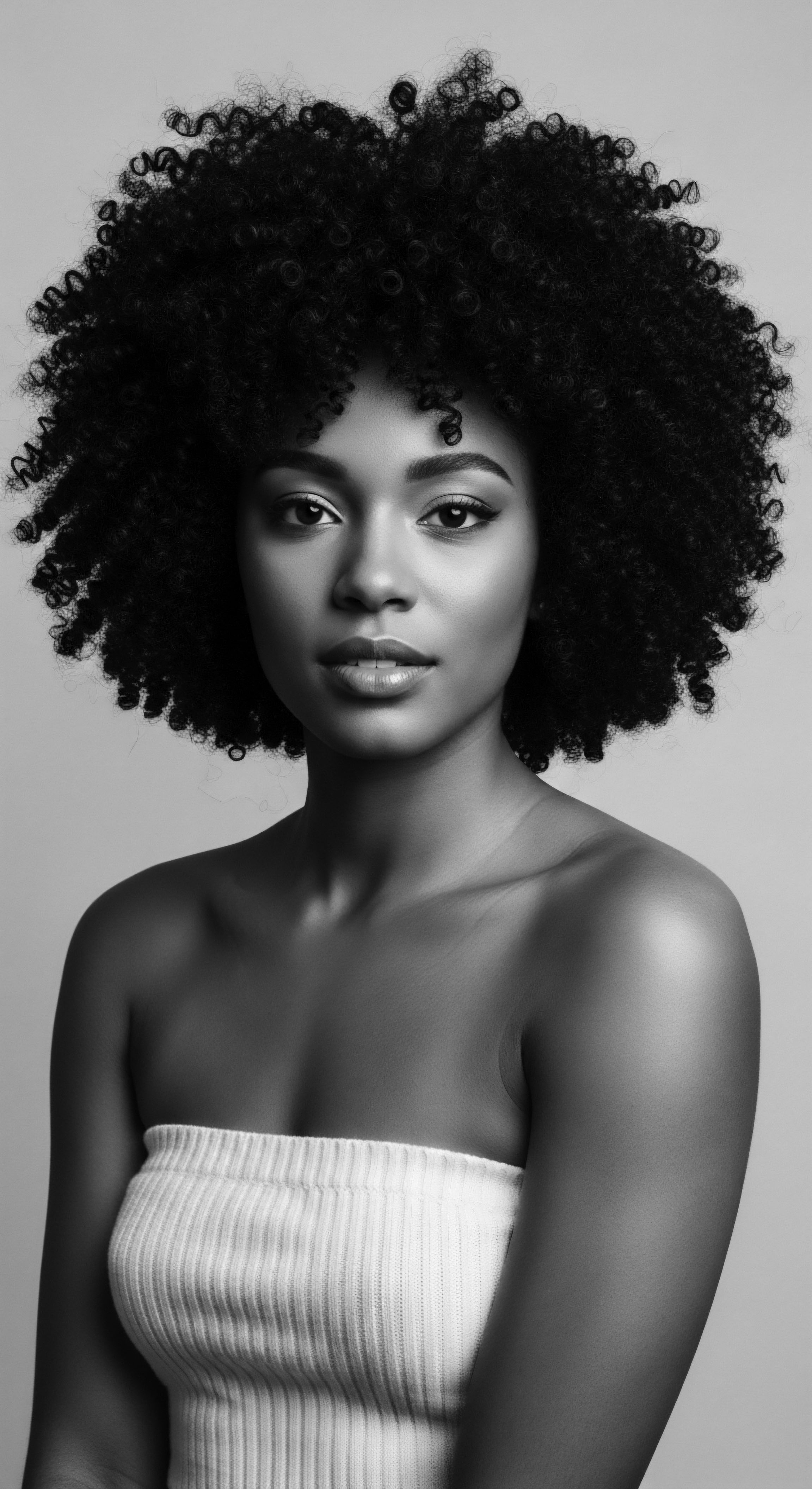
What historical tools inform modern care for textured hair?
Historical tools, like the ancient Afro comb, directly inform modern textured hair care, rooted deeply in heritage.

Why do detangling tools need different bristle types for textured hair?
Detangling tools require varied bristles for textured hair to respect diverse curl patterns and preserve ancestral strands against historical challenges.

How ancient grooming tools shaped textured hair care?
Ancient grooming tools profoundly shaped textured hair care by establishing ancestral practices of protection, styling, and cultural expression.

What is the cultural meaning of combs in textured hair heritage?
Combs in textured hair heritage embody ancestry, resistance, identity, and the enduring spirit of cultural pride.

How did ancient communities safeguard their hair?
Ancient communities protected textured hair with elaborate styles, natural preparations, and communal rituals, reflecting deep heritage and environmental adaptation.

What ancient African hair rituals influence contemporary textured hair care?
Ancient African hair rituals infuse contemporary textured hair care through enduring traditions of protective styling, natural ingredient use, and a deep reverence for heritage.

What is the cultural significance of hair texture in Black and mixed-race communities?
Hair texture in Black and mixed-race communities holds deep cultural significance, rooted in ancestral heritage as a marker of identity, status, and resilience.
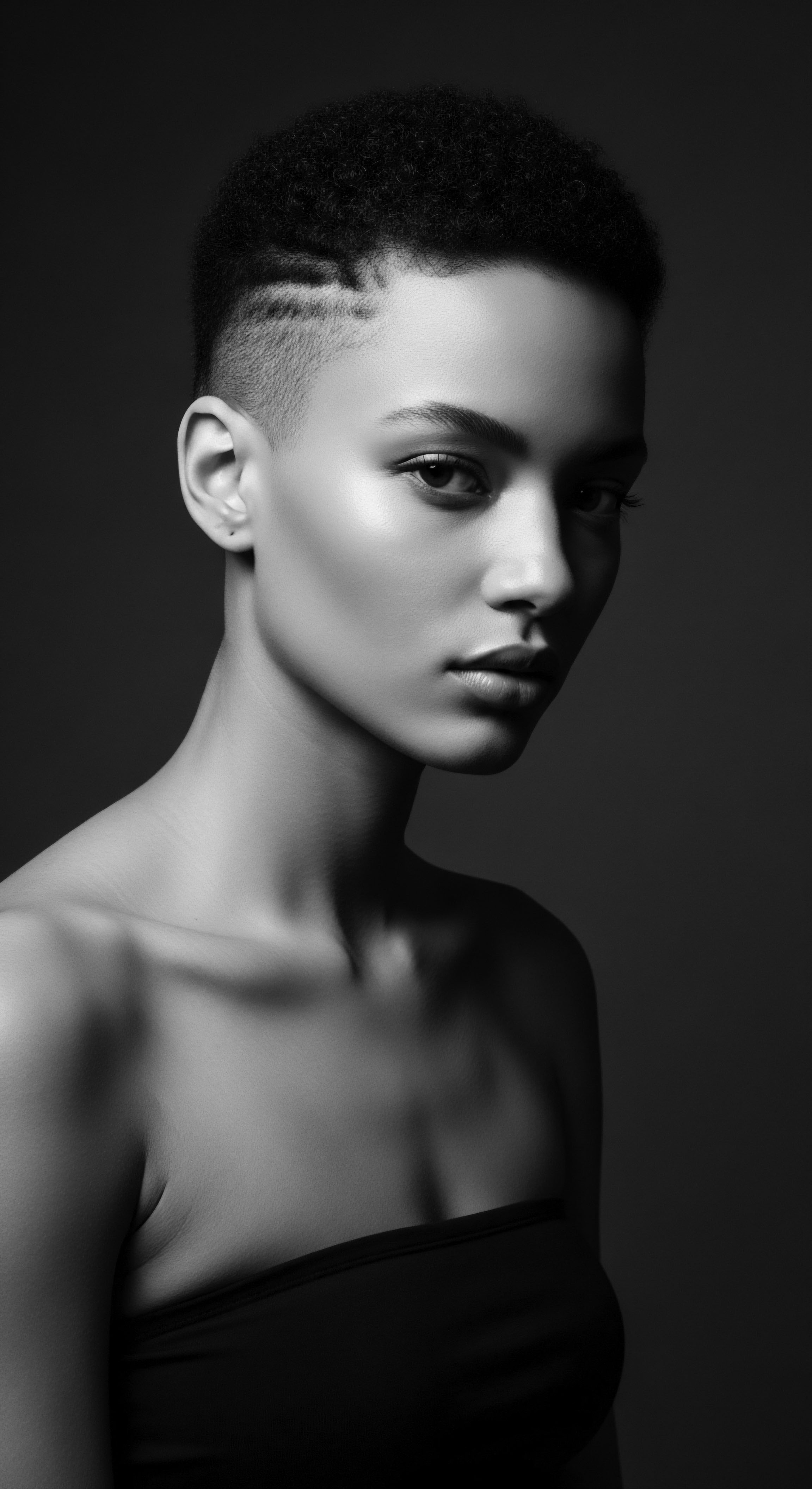
How do traditional hair practices preserve Black identity?
Traditional hair practices preserve Black identity by honoring ancestral knowledge, fostering community, and asserting cultural pride.

How does the inherited wisdom of hair tools guide modern textured hair care?
Inherited hair tool wisdom guides modern textured hair care by connecting ancestral practices of protection, styling, and nourishment to present methods, honoring a rich cultural heritage.

Why do specific comb shapes matter for textured hair?
Specific comb shapes matter for textured hair because they honor a heritage of ancestral ingenuity in preserving hair health and cultural identity.

In what ways did colonial forces suppress Black hair heritage and how was it resisted?
Colonial forces suppressed Black hair heritage through forced shaving, demeaning natural textures, and oppressive laws, met by resilient resistance through cultural preservation and defiant self-expression.

What historical tools shaped textured hair grooming?
Historical tools, from ancient combs to hot picks, shaped textured hair grooming as profound extensions of heritage.
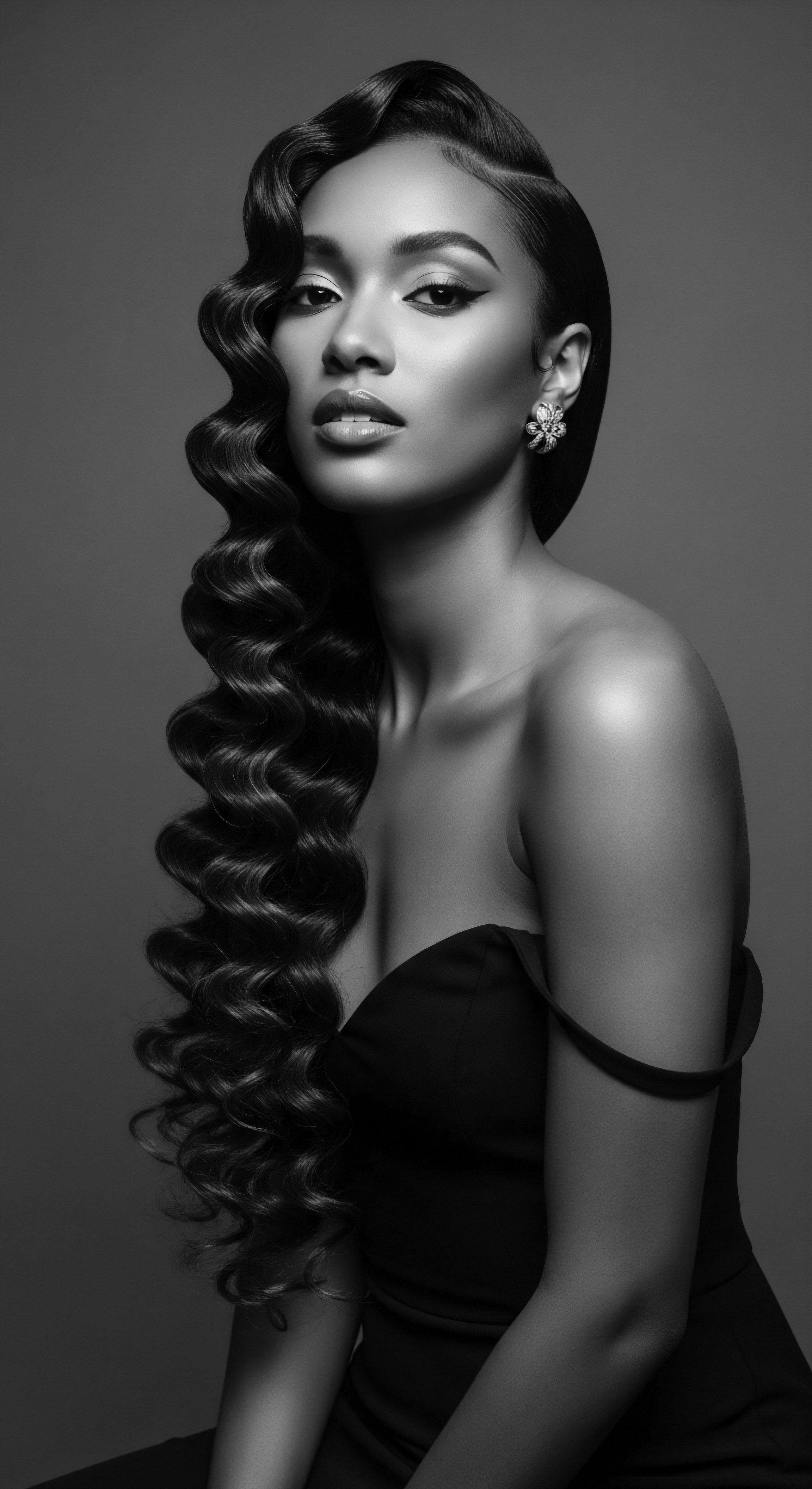
How did ancestral practices enhance textured hair manipulation?
Ancestral practices enhanced textured hair manipulation through intuitive understanding of its nature, purposeful tools, and nutrient-rich plant applications, deeply rooted in heritage.
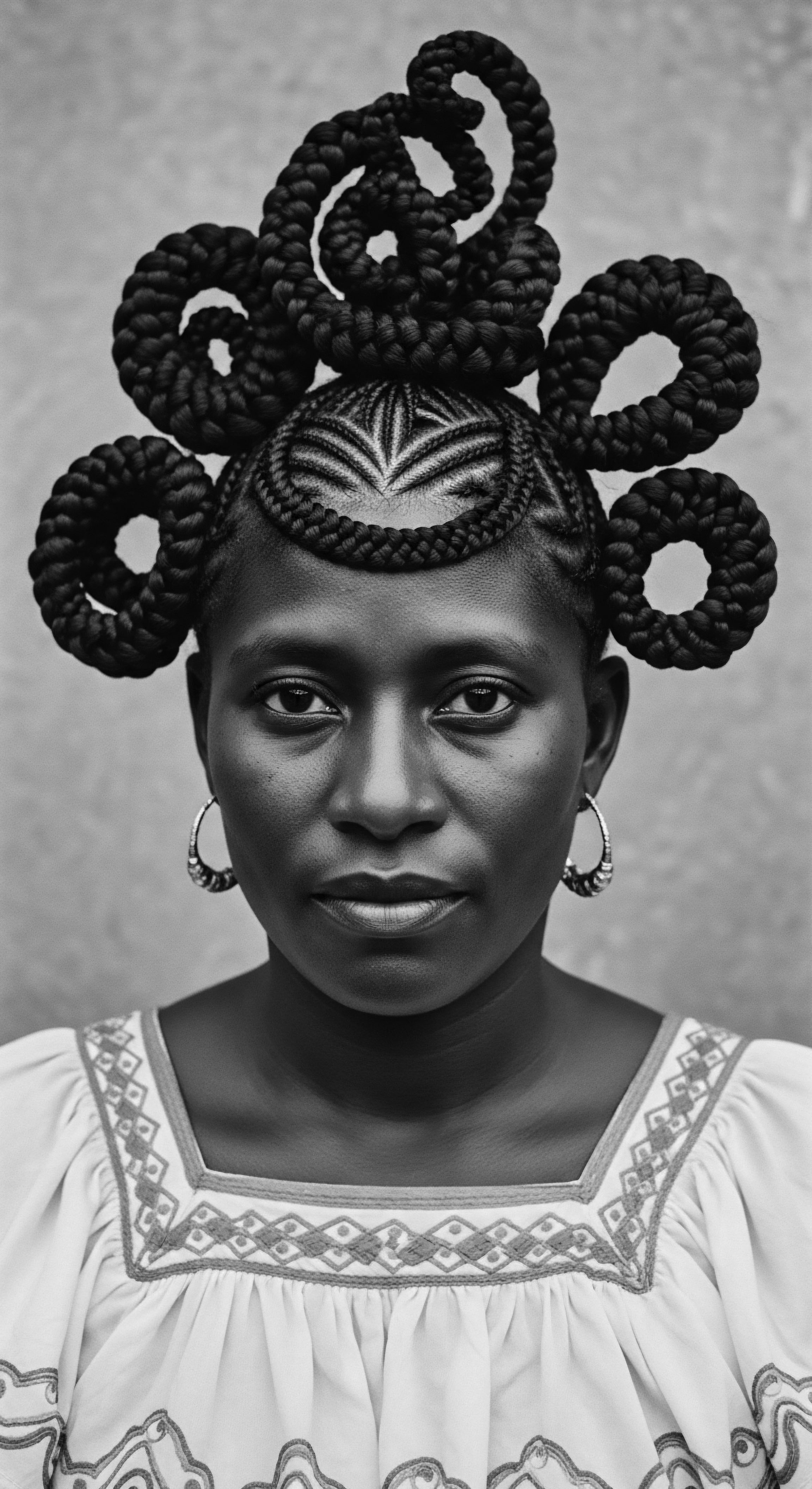
What cultural significance do combs hold in African heritage?
Combs hold profound cultural significance in African heritage for textured hair, serving as symbols of identity, status, spirituality, and resistance across millennia.

In what ways did ancient tools reflect cultural identity and hair care heritage?
Ancient hair tools for textured hair conveyed cultural identity through symbolic carvings and were central to care heritage.

What ancestral grooming tools were vital for textured hair growth and retention?
Ancestral tools like wide-toothed combs, natural oils, and protective adornments were vital, deeply rooted in textured hair heritage for growth and retention.
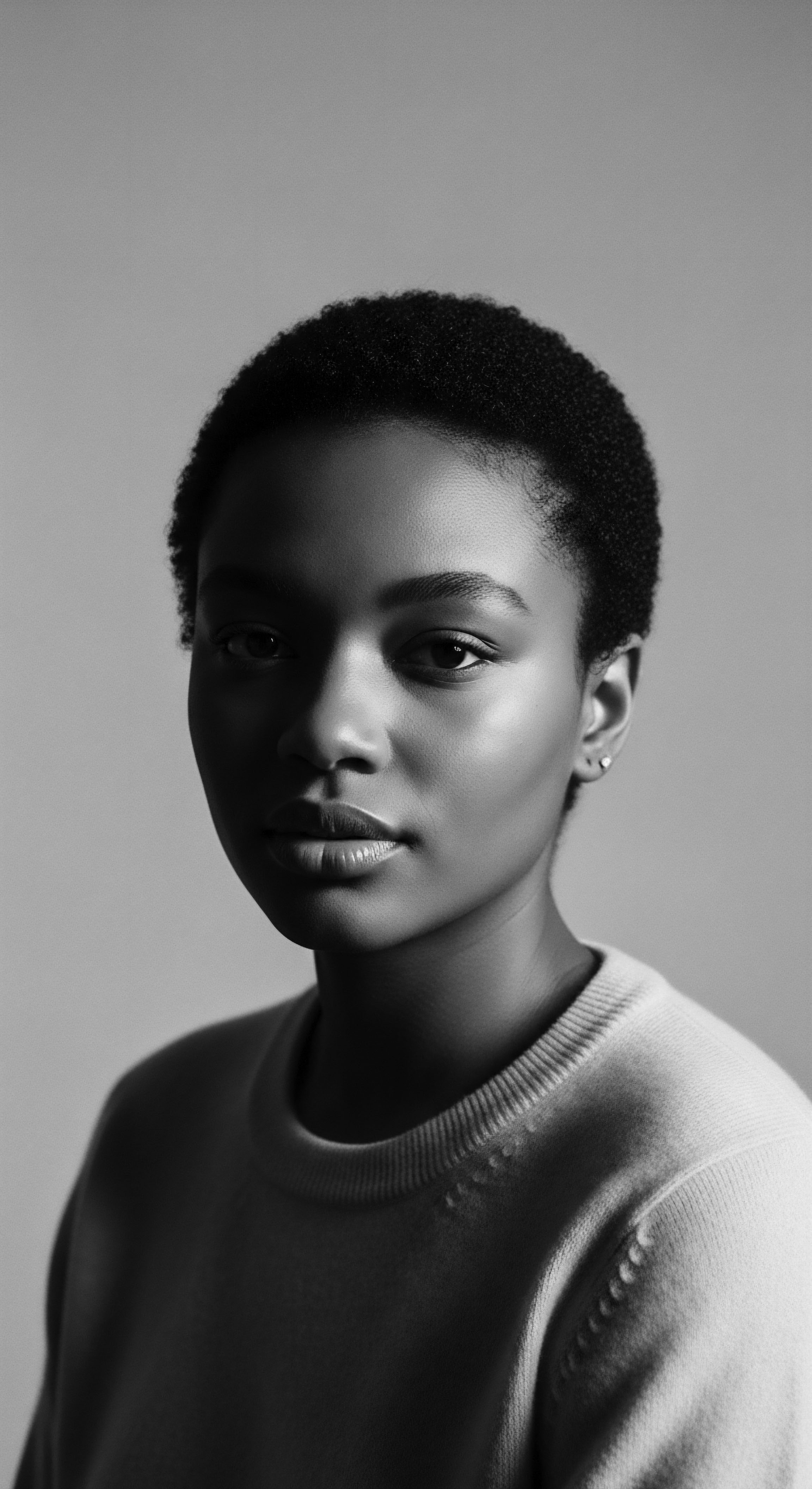
What structural qualities make textured hair unique?
Textured hair's uniqueness stems from its elliptical follicle, coiling structure, and melanin distribution, deeply tied to ancestral climate adaptation and cultural expression.

